You can find two such circuits using a diode that protects against reverse polarity, i.e. against wrong power connection.
I wonder what is the point of using the D2 diode, since the current flowing through it will damage it - at least that's what the simulation shows. Diode D1 will not allow current to flow through it if we do not exceed the maximum voltage value. Am I right? Please explain.

